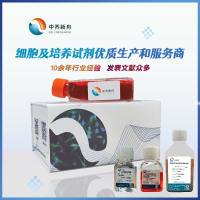Most cells can take up polyamines, and some polyamine analogs, by a process that is independent of amino acid transport systems (1 ,2 ), and that, in certain circumstances, can substitute for synthesis de novo . In some cells polyamines are taken up by both saturable and nonsaturable systems. Uptake by saturable systems is energy-requiring, temperature-dependent, carrier-mediated, and operates against a substantial concentration gradient (3 ,4 ). In many cells putrescine and, often, spermidine transport is sodium-sensitive (the term sodium-sensitive is preferable to the more frequently used sodium-dependent, because removal of extracellular sodium reduces, but often does not abolish, uptake). In contrast, spermine transport in most cells is not affected by changes in extracellular sodium concentrations. The number of carriers in the polyamine transport system varies with cell type. In human umbilical vein endothelial cells there are apparently two carriers, one shared by spermine and spermidine, and one capable of transporting all three polyamines (5 ). In contrast, porcine aortic endothelial cells appear to possess three carriers, one for each polyamine (6 ). Multiple carriers are not uncommon, although many cell types appear to possess a single polyamine carrier able to transport putrescine, spermidine, and spermine, although with differing affinities (1 ).






